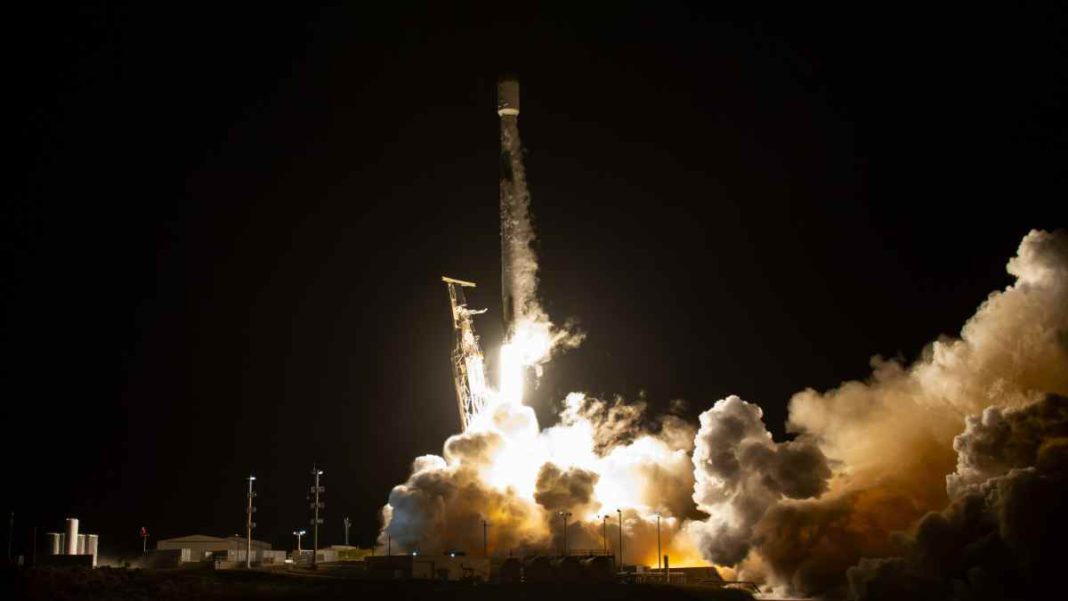GERMANY: In a recent study conducted by the Max Planck Institute for Radio Astronomy in Germany, it has been revealed that Elon Musk’s ambitious SpaceX Starlink satellite constellation is leaking unintended electromagnetic radiation into space.
The findings have sparked concerns among astronomers who rely on precise observations of the deep universe, as the radiation emitted by the satellites outshines the signals from astrophysical sources.
The researchers utilized the Low-Frequency Array (LOFAR) telescope to observe 68 of SpaceX’s Starlink satellites. The study concluded that the radiation leak originates from the onboard electronics of the satellites.
This unintended emission of radiation is affecting astronomical observations, particularly in the frequency range of 110 to 188 MHz.
Alarmingly, this frequency range includes a band allocated specifically to radio astronomy by the International Telecommunications Union (ITU).
The most recent attempt to comprehend how satellite constellations affect radio astronomy is represented by the current study. According to Federico Di Vruno, the study’s principal author, previous workshops on Dark and Quiet Skies had postulated about this radiation, but our findings show that it is observable.
The concern over the proliferation of satellites surrounding the Earth has been growing, with astronomers already lamenting the increasing number of satellite constellations that obstruct their view of the cosmos.
The exponential growth of SpaceX’s Starlink constellation, which currently boasts over 4,400 satellites in orbit, has only intensified these concerns.
Furthermore, SpaceX plans to launch up to 42,000 satellites in total, with the company already securing approval from the Federal Communications Commission (FCC) to deploy 12,000 satellites. An application for permission to launch the remaining 30,000 satellites is currently in progress.
It is worth noting that SpaceX is not the only operator of such a large satellite constellation. Similar constellations have been launched by OneWeb, and Amazon has plans to launch its Kuiper satellites in the near future.
The Max Planck Institute for Radio Astronomy researchers suspect that similar unintended radiation emissions may occur from other low-Earth-orbiting satellites.
The impact of these satellite constellations on radio astronomy observations is evident through simulations. The larger the constellation, the greater its impact on radio astronomy.
Benjamin Winkel, co-author of the study, expressed concerns not only about the existing constellations but also about the lack of clear regulations that protect radio astronomy bands from unintended radiation.
While SpaceX’s Starlink satellites do not violate any current international regulations, the study has shed light on the urgent need for stricter guidelines to safeguard radio astronomy from interference.
The absence of clear regulations leaves astronomers worried about the future of their research and the potential disruption caused by planned satellite constellations.
As the scientific community grapples with this new challenge, it remains to be seen how regulatory bodies, satellite operators, and astronomers will collaborate to find a balance between enhanced broadband connectivity and the preservation of our ability to explore and understand the mysteries of the universe.
Also Read: SpaceX Successfully Launches 48 Starlink Satellites, amidst Concerns of Space Sustainability



